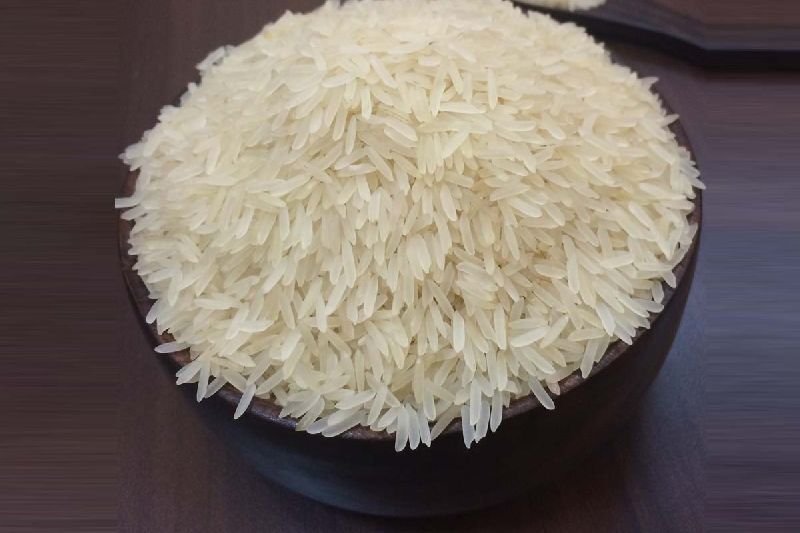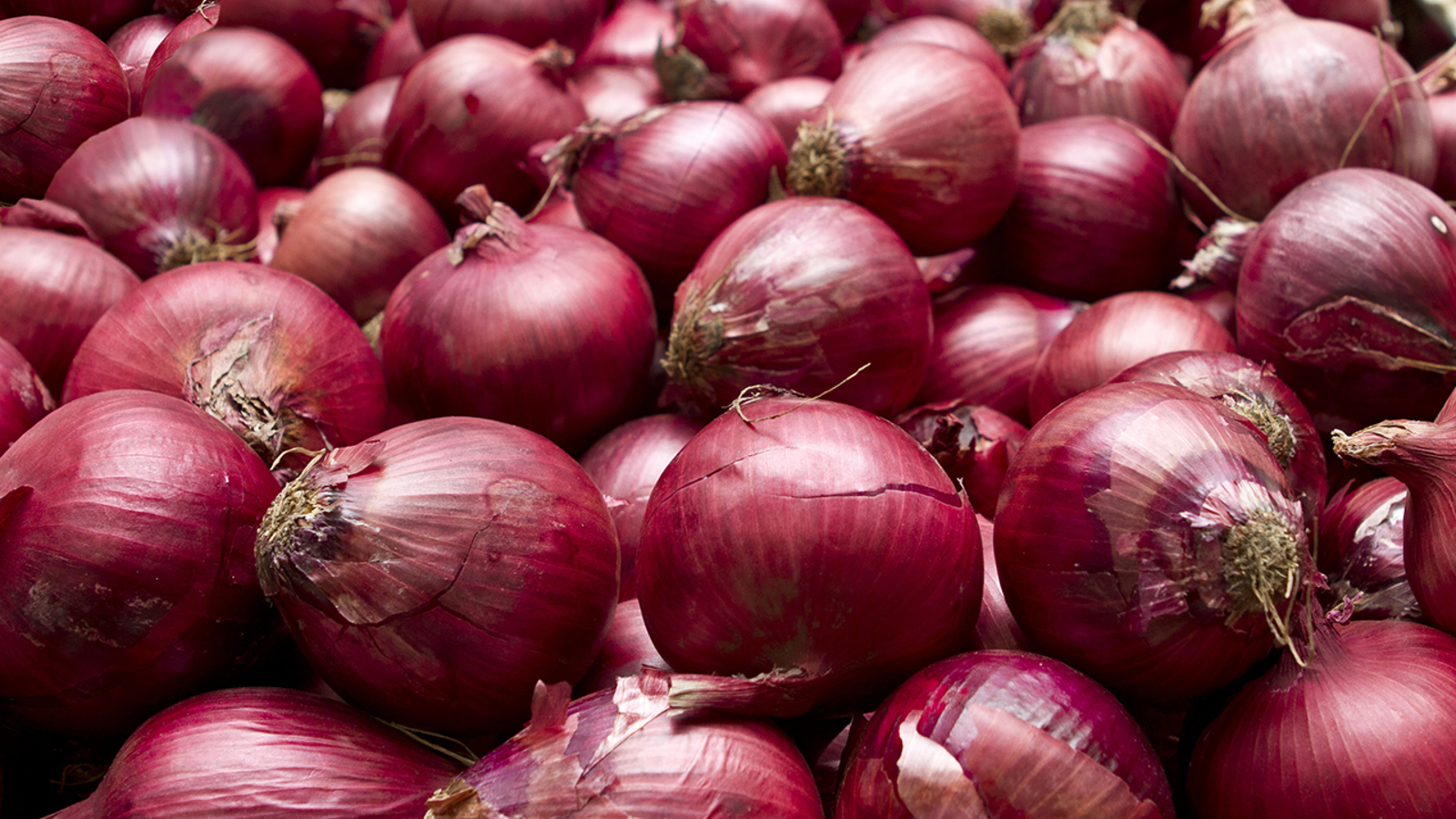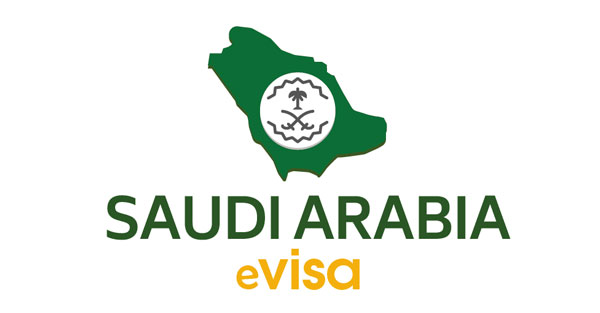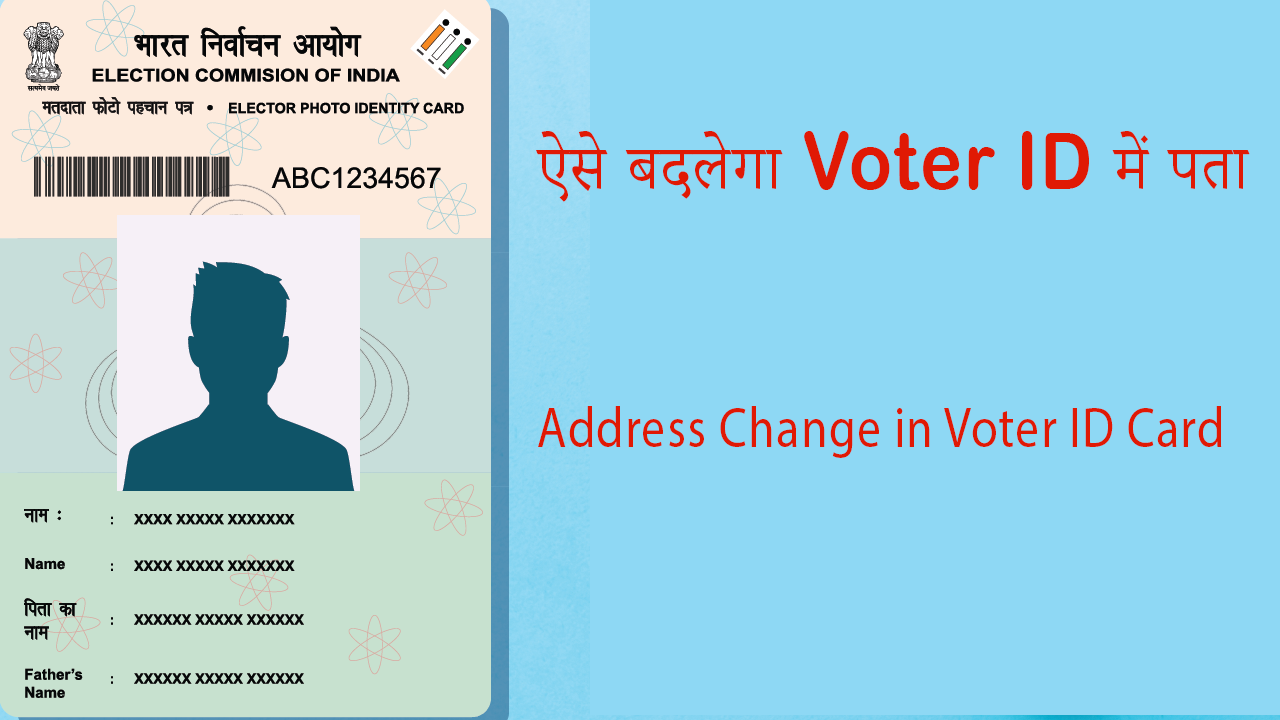India is a country rich in culture and agriculture. Each year it cultivates and exports different types of crops to other countries. One of these crops is rice. As rice is a basic crop and is eaten all over the world, its demand never decreases. Every year, the United States imports a huge amount of rice from India. Each year America spends billions of dollars on importing rice from India. This means that importing rice has become a very great business as the demand for rice keeps going up. Different importers purchase rice from India at a very low price and then sell it in their country for a higher price.
The idea of importing rice from India isn’t unique because many other investors and importers have invested a lot of money in it. As the cornerstone of numerous cuisines throughout the world, rice from India is a key ingredient. Billionaires import it every year, so it’s no surprise that it costs so much to produce. Importing rice from India necessitates documentation and paperwork, as well as approvals and several additional processes. the U.S. Department of Agriculture, and Customs and Border Protection (CBP) https://www.cbp.gov/. It is possible to import rice from India to the United States, but all regulations and laws must be properly observed
Fill out PPQ Form 587 Click Here to apply for permission to transport plants or plant products into the U.S. Ports of entry will check your package. In addition, you can anticipate filing a pre-notification with the Food and Drug Administration and filling out various CBP entry paperwork before entering the country.
How can I import rice from India to the United States ?
You can import rice from India to the USA if you have permission from the government and the other associated departments. But it is prohibited to import rice from India for personal reasons (non-commercial)
Why aren’t personal imports of Indian rice permitted into the US?
U.S. officials are leery of importing rice from any nation into the country. This is because rice may transport insects. Rice should not be brought into the United States, especially if it is in loose wrapping such as burlap, according to Customs and Border Patrol.
When it comes to importing rice from India, the government is much more stringent. Bringing rice from India into the United States for non-commercial purposes is almost always forbidden. As a business dealer, you are permitted to import rice into the United States (Only for commercial use).
Importing rice into the United States from India:
Apart from taking permission from CPB for importing rice to the United States, several government entities are involved in the importing of rice into the United States of America as well. Imports of food are among the most closely inspected. Food safety is a top priority for the American government, they ensure that every food product is safe and maintain the standards. Consuming food that has been poorly handled or prepared can lead to serious health concerns for everyone who consumes it.
These are the departments and agencies of America involved in importing rice from India or any other country to the United States.
US Department of Agriculture (USDA) -Animal and Plant Health Inspection Services (APHIS):
The declared aim of this agency is to safeguard the natural and agricultural resources of the country.
US food and Drug Administration (FDA):
The food and Drug Administration (FDA) is a federal agency that regulates items for public health.
It is important to make sure that you have been permitted to import the rice USA
Department of Commerce:
Import tariffs and other charges are collected by the Department of Commerce. Check latest import duty from https://macmap.org/
Custom and Border Protection requirements:
In the United States, it is difficult to import food. Customs and Border Patrol suggests employing a qualified customs broker to guide you through the procedure.
Importing a broad array of products into the United States is a complex process, and customs brokers are well versed in the necessary paperwork. As well as calculating customs bond amounts, licensed customs brokers are very experienced in this area.
Please contact the port of entry where you want to ship well in advance to make sure you are aware of the requirements. Consultation with a CBP import specialist is available at the port of entry, according to the CBP. If you have any questions about food safety, please contact Best Basmati Rice Supplier Exporter In India – Eastgate Export
In the 15 days following the shipment’s arrival, the CBP entry paperwork is required to be filled out. You’ll have to pay storage costs once they’ve been in a warehouse for 15 days.
US food and Drug Administration (FDA):
To import rice from India, the Food and Drug Administration (FDA) has numerous criteria. All commercial imports of food items require advance notice to the FDA before they are allowed to enter the United States. Upon arrival at the border, Customs and Border Protection asks for proof or prior notification to release the food shipments at the border, in addition to their regular entry paperwork. Individual deliveries or shipments are not approved by the Food and Drug Administration. Either the items or the facilities that handle the products must be FDA-approved. Make sure that Exporter from India must be registered in FDA before making rice shipment to you.
US Department of Agriculture (USDA) -Animal and Plant Health Inspection Services (APHIS):
Importers of rice should be required to get a license. Online or on paper, you can apply for a permit. This must be done at least 30 days before the cargo is scheduled to arrive, or it will be denied. Permits might often take a while to process. Until the expiration date, the permit remains valid. It’s not essential to reapply for a permit every time you transport something. Residents of the U. S. with street addresses.
Custom bonds for importing rice from India to the USA:
You may require a customs bond if you are going to import a consignment into the U.S for business purposes. As a general rule, bonds are only required for things valued more than $2,500 or when another federal agency supervises the items.
Your business import of rice is likely to require a customs bond from the Food and Drug Administration and the Animal and Plant Health Inspection Service of the U.S. Department of Agriculture.
There are 2 types of customs bonds:
Single Entry Bond
A single-entry bond just like its name only allows a one-time shipment into the United States. This is the perfect custom bond for you if you don’t have a recurring rice importing business
Continuous Bond
A continuous bond, on the other hand, is valid for one year and then automatically renewed until canceled by the surety, the CBC, or the importer. A continuous bond is the best choice if you want to import rice in the United States throughout the year.
Documents required to import rice from India:
The US government requires many papers when importing rice. The following is a list of the documents:
- Proof of Prior Notice (PN) from the FDA
- CBP Entry Summary 7501
- USDA-APHIS Permit
- Customs bond
Following are the documents required for a hassle-free shipment from Indian Exporter:
Commercial Invoice:
A commercial invoice contains a list of the items in the shipment, their value, and quantity, as well as information on the producer and importer.
Packing list:
A packing list simplifies the customs process by indicating the contents, size, and weight of each container.
Certificate of Origin:
The Certificate of Origin confirms that your shipment originated from India.
Inspection Certificate:
Pre-Shipment Inspection certificate from reputed agencies like SGS would be very helpful to get right quality of rice.
Insurance Certificate:
Insurance certificate is required because if the goods are lost in transit, it could safeguard your interest as a buyer. It would be advisable to opt for ICC Cover A insurance which covers all risk
Phytosanitary Certificate:
It’s also a pre inspection certification carried out by plant quarantine department of India which certifies no toxic pesticides, no insect or pest, environmentally friendly packaging.
Bill of Lading:
A bill of lading is a contract receipt between the carrier (shipping line) and the consumer (importer). It includes information on the shipper, the carrier, the shipment’s contents, its destination, the site of origin, and so forth. It’s the title of goods.
Which is the best country to source rice?
India is the world’s largest rice exporter. Each year, the country exports around 12.5 million metric tons of rice, according to the USDA; Thailand is the world’s second-largest rice exporter, with an annual output of around 10 million metric tons. Although India has numerous rice import nations, the United States buys more rice from Thailand. This is mostly because the United States imports a huge amount of jasmine rice, which is cultivated in Thailand.
India controls nearly all of the world’s rice commerce. The country exports more than $7 billion in rice, with a global total of over $20 billion. As a result, India is regarded as a dependable and stable supplier of rice to US Importers. Since 2013, China has been the largest rice importer. China used to solely import basmati rice from India, but it now allows to import of non-basmati rice imports as well. The following are the nations that import the most rice from India:
- United States of America
- Iran
- Saudi Arabia
- China
Custom Broker:
Though you can also import the rice to the USA yourself It is strongly advised to use a licensed customs broker while exporting rice from India to the United States. Food importation into the United States is a difficult procedure. For importing products into the United States, every food product and nation must follow a set of laws and regulations. A customs broker is advised since he is knowledgeable in the subject and can ensure that the process goes well. An expert and dependable customs broker will assist you with everything from documentation and paperwork to determining the best shipping alternatives. As a result, once you contact a customs broker, you will have no cause to be concerned about the cargo.
What are the best verities of rice one can source from India in the recent scenarios?
There are several verities of rice which India exports like Basmati Rice, Sharbati Basmati Rice, Sugandha Basmati Rice, PR 11 Non-Basmati Rice, Parmal Non-Basmati Rice, 1121 Basmati Rice, Pusa, Pusa Sella, Pusa White Basmati rice, Parboiled basmati rice, steam basmati rice, 1509 Traditional Basmati Rice, etc. but out of it Basmati Rice would be a best the best option to import into USA for good profits in reselling.
In rice generally the MOQ is 1×20 FT container (25,000 KG Loading Capacity), most big rice millers are ISO 9001-2015 & 22000-2005 certified with GMP & HACCP certifications for production.
Packaging Available
Private Label Packing available at additional cost:
PP – 5 to 50 Kg | Non-woven – 1 to 40 Kg | Jute – 1 to 40 Kg | BOPP – 5 to 40 Kg | Pouch – 1 to 10 Kg
Minimum Order Quantity
1 FCL/ 20 – 25 Tons/ Truckload.
(All prices are subject to change without prior notice due to currency fluctuation or unforeseen economic circumstances).
Payment Term
FOB – 50% advance and balance against copy of the RFS (Received for shipment) BL.
CNF or CIF – 50% advance and balance against scan copy of the documents.
100% LC at Signt from Prime Bank
For CNF or CIF Price
Contact us with packing details & destination port name.
Best Basmati Rice Supplier Exporter In India – Eastgate Export




